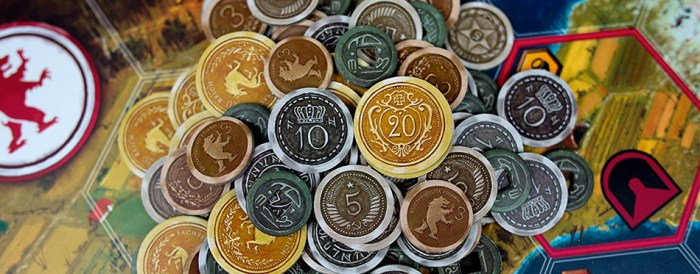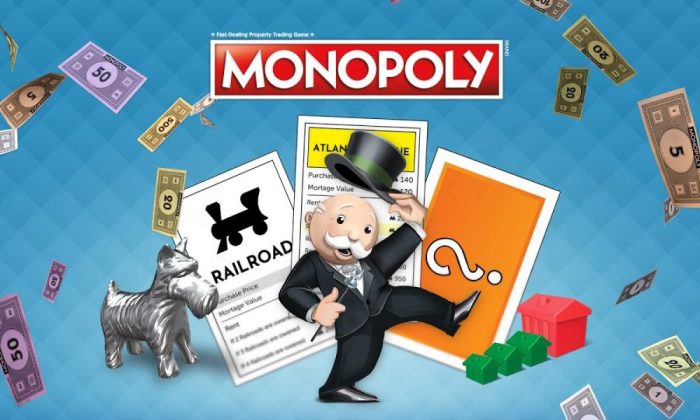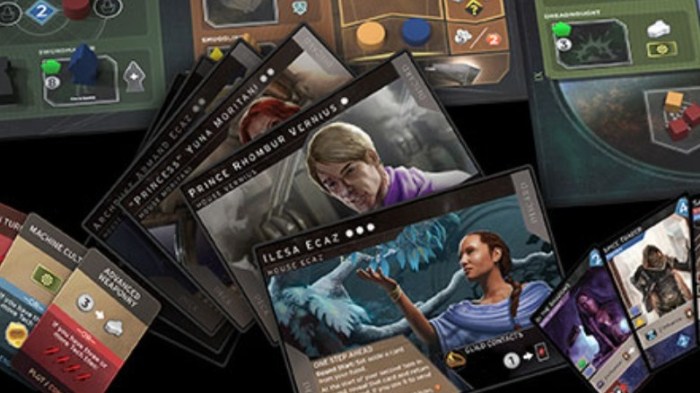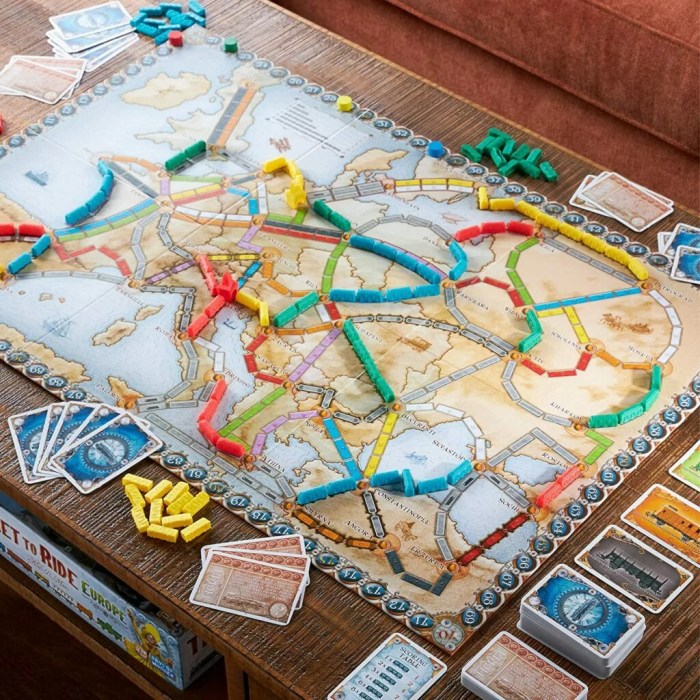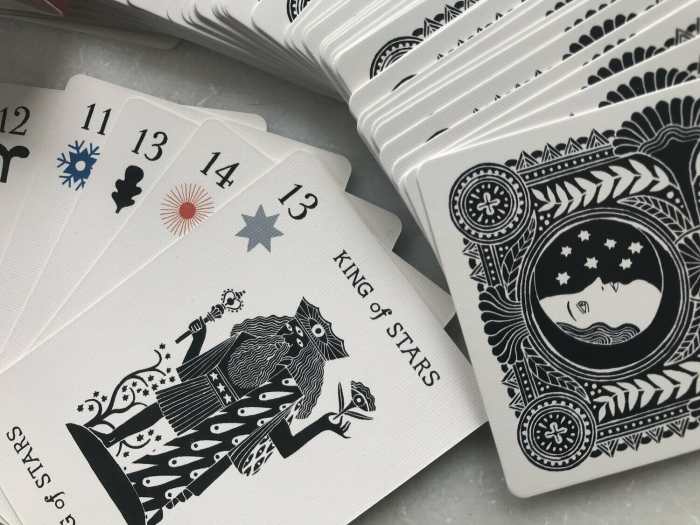
Welcome to the whimsical world of Themed board games, where dice roll like dreams and cards tell epic tales! If you’ve ever wanted to battle dragons while sipping tea or outsmart a vampire with nothing but wits and some snacks, you’ve hit the jackpot. These games are not just about moving pieces on a board; they are portals to fantastical realms, historical conflicts, or spine-chilling adventures that keep players on the edge of their seats.
The variety of themes is as vast as a wizard’s spellbook! From the lands of high fantasy to the eerie vibes of horror, themed board games immerse players in narratives that ignite the imagination. With beloved titles like “Dungeons & Dragons,” where the only limit is your creativity, or “Catan,” which turns trading into an art form, these games are designed to elevate your game night from ordinary to legendary!
The Concept of Themed Board Games
Themed board games transport players into whimsical worlds, historical epochs, or spine-chilling nightmares, creating experiences that go far beyond the simple roll of dice or shuffle of cards. Their popularity has skyrocketed, captivating families, friends, and casual gamers alike, as people crave immersive environments that spark their creativity and imagination. Themed board games engage players in narrative-driven gameplay, where every move can feel like part of a grand adventure or a thrilling tale.These board games can explore a wide range of themes, each presenting a unique backdrop for strategic gameplay and social interaction.
Themes like fantasy invite players to become mighty wizards or valiant knights, while historical themes allow them to relive epic battles and significant events. Horror-themed games, on the other hand, bring the eeriness of haunted houses and monstrous creatures right to the game table. These themes not only shape the game mechanics but also enhance the storytelling aspect, making each session a memorable escapade.
Variety of Themes in Board Games
The diversity of themes in board games is as vast as the cosmos, each one offering its own flavor and experience. Here’s a rundown of some popular themes and examples that stand out in the world of thematic gaming:
- Fantasy: Games like “Dungeons & Dragons” invite players to embark on epic quests filled with dragons, spells, and heroic deeds. The combination of role-playing and strategy creates an exhilarating experience that can last for hours, sometimes even spilling into days of adventure!
- History: “Timeline” challenges players to place historical events in chronological order, making it both educational and competitive. Players not only test their knowledge but also absorb fascinating tidbits about history along the way, potentially winning trivia night without even realizing it!
- Horror: “Betrayal at House on the Hill” immerses players in a haunted house where they must uncover mysteries while battling the very ghosts that haunt them! The twist? One of the players might become the traitor, leading to a game filled with suspense and betrayal, much like family game night after an intense Monopoly session.
- Science Fiction: “Terraforming Mars” allows players to transform the Red Planet into a habitable environment, blending resource management with forward-thinking strategies. It’s like being part of NASA but without the need for a PhD in rocket science!
- Adventure: “Carcassonne” lets players build a medieval landscape with cities, roads, and farms, where each tile drawn adds a new layer to their strategic plans. It’s a game of creating your own kingdom while simultaneously competing against friends to see who has the best land development skills.
Themed board games not only enhance player engagement but also make for fantastic conversation starters, ensuring that the fun continues long after the final play. As players delve into different themes, they build not just strategies, but also a shared narrative that makes each game night a cherished memory.
The Influence of Themes on Gameplay

Themed board games are like the enchanting portals to alternate realities, inviting players to step away from the mundane and dive into worlds crafted from imagination and whimsy. Just as a magician draws a crowd with a flick of the wrist, these games capture attention and evoke emotions through their rich narratives and stunning visuals. In this exploration, we’ll uncover how themes can transform simple mechanics into immersive experiences that engage players on multiple levels.A theme enriches the gameplay by intertwining the mechanics with a story, allowing players to live out adventures that go beyond mere competition.
For instance, in a game set in a post-apocalyptic world, the mechanics of scavenging and resource management become more than just actions; they embody the desperate struggle for survival. This narrative integration not only enhances player immersion but also creates a connection with the game’s universe, leading to emotional investment and memorable moments. The mechanics of themed games often reflect the quirks of their environments in ways that traditional board games, which may focus solely on victory and strategy, cannot.
Comparison of Themed and Traditional Game Mechanics
Understanding the distinction between themed and traditional board games is essential for appreciating how themes can impact gameplay. Themed games often incorporate mechanics that resonate with their narratives, influencing how players interact and strategize. Here are some key points illustrating these differences:
- Story-Driven Mechanics: In a themed game, mechanics often mirror the storyline. For example, in games like “Catan,” players build settlements, which aligns perfectly with the theme of exploration and resource management.
- Immersive Components: Themed games frequently include unique components, such as miniatures or thematic artwork, which enhance the atmosphere and deepen player engagement.
- Role-Playing Aspects: Many themed games allow players to adopt specific roles or characters, affecting gameplay dynamics and strategies, unlike traditional games where players may simply take turns.
- Dynamic Environments: Thematic elements can introduce changing scenarios or special events that affect gameplay, adding unpredictability and excitement compared to the more static nature of traditional games.
The integration of thematic elements not only enhances the visual appeal but also has profound implications on player strategy and decision-making.
Impact of Thematic Elements on Strategy and Decision-Making
Thematic elements transform the strategic landscape of gameplay, influencing how players approach their decisions and interactions. When players are enveloped in a theme, their choices often reflect the narrative rather than purely numerical calculations. Here are some notable effects:
- Emotional Investment: Players are more likely to make decisions driven by the story or character motivations; for example, a hero sacrificing resources for the greater good becomes a powerful narrative moment.
- Strategic Depth: Themes can create layers of strategy; in “Pandemic,” players must work together to combat diseases, fostering cooperation and strategic planning that feels essential to the narrative.
- Risk Assessment: The context provided by a theme can change how players perceive risk; in a fantasy setting, venturing into a dragon’s lair might be viewed as a thrilling adventure rather than a mere dice roll.
- Player Interaction: Thematic games often encourage or require player interaction, with negotiation and alliances that echo the game’s narrative, thus leading to more dynamic gameplay compared to traditional games.
In summary, the elegance of themed board games lies in their ability to weave together narrative and mechanics, creating experiences that resonate emotionally and strategically. The influence of themes is not merely an aesthetic choice but a driving force that shapes how players engage, strategize, and ultimately enjoy their time at the table.
Themed Board Games vs. Card Games
In the vibrant realm of tabletop entertainment, themed board games and card games often find themselves in a friendly rivalry, each boasting unique charms and characteristics. While both aim to bring people together for some good old-fashioned fun, they do so in fundamentally different ways. This playful clash of cardboard and cards is where strategy, storytelling, and social interaction collide, creating an intriguing landscape for gamers to explore.Themed board games typically immerse players in a rich, visually appealing environment filled with intricate designs, miniatures, and expansive game boards.
These games often hinge on complex mechanics, allowing for deep strategic gameplay and a sense of progression that can be thrilling. On the other hand, themed card games often emphasize quick play, portability, and simplicity, making them easy to learn and play on the fly. With fewer components, they often rely on clever mechanics and thematic elements to engage players.
Popular Themed Card Games
Several card games have successfully woven themes into their fabric, captivating players with their creativity and charm. These games showcase how themes can enhance gameplay while keeping the mechanics light and accessible. Popular examples include:
- Exploding Kittens: A quirky game where players draw cards to avoid exploding kittens and use silly, thematic cards to outsmart opponents, all wrapped in a humorous design.
- Coup: A game of bluffing and deduction in a dystopian future, where players challenge each other’s power through themed roles and cunning strategy.
- Magic: The Gathering: A legendary collectible card game that incorporates deep fantasy lore, allowing players to build decks with themes ranging from dragons to wizards, creating a vast universe of strategic possibilities.
These card games appeal not only due to their unique themes but also because they offer quick gameplay that can fit into any gathering, making them perfect for parties or casual play.
Comparative Table of Themed Board Games and Themed Card Games
When it comes to choosing between themed board games and themed card games, it’s helpful to weigh their strengths and weaknesses. The following table encapsulates the essential details for quick comparison:
| Criteria | Themed Board Games | Themed Card Games |
|---|---|---|
| Complexity | Often complex with deep mechanics. | Generally simpler and easier to learn. |
| Visual Appeal | High; often features elaborate boards and miniatures. | Moderate; usually focuses on card art and design. |
| Setup Time | Can take longer to set up. | Usually quick to set up and play. |
| Player Interaction | Varied; can be indirect or direct. | Often more direct and confrontational. |
| Portability | Less portable; often bulky. | Highly portable; easy to carry around. |
“Both themed board games and themed card games have their place in the hearts of gamers; the choice ultimately depends on the desired gaming experience.”
Final Conclusion

In conclusion, Themed board games are the ultimate blend of strategy and storytelling, creating unforgettable experiences that resonate long after the last dice has rolled. So, gather your friends, choose your theme, and prepare for an adventure that’s not just played but lived! Remember, whether you’re outwitting a cunning foe or finding your way through a haunted mansion, the true victory lies in the laughter and stories shared along the way!
Essential FAQs
What makes themed board games different from regular board games?
Themed board games are built around specific narratives and immersive experiences, while regular board games focus more on straightforward mechanics without a strong storyline.
Are themed board games suitable for all ages?
Absolutely! There are themed board games designed for everyone, from family-friendly adventures to complex narratives aimed at adults.
Can themed board games be played solo?
Many themed board games offer solo play options, allowing you to embark on epic quests all by your lonesome!
Do themed board games require a lot of time to learn?
While some may have a steep learning curve, many themed board games come with easy-to-follow instructions to have you playing in no time!
How do themed board games enhance player engagement?
Themes create a narrative that players can connect with, making every decision feel impactful and every turn an adventure, thus boosting engagement significantly.

